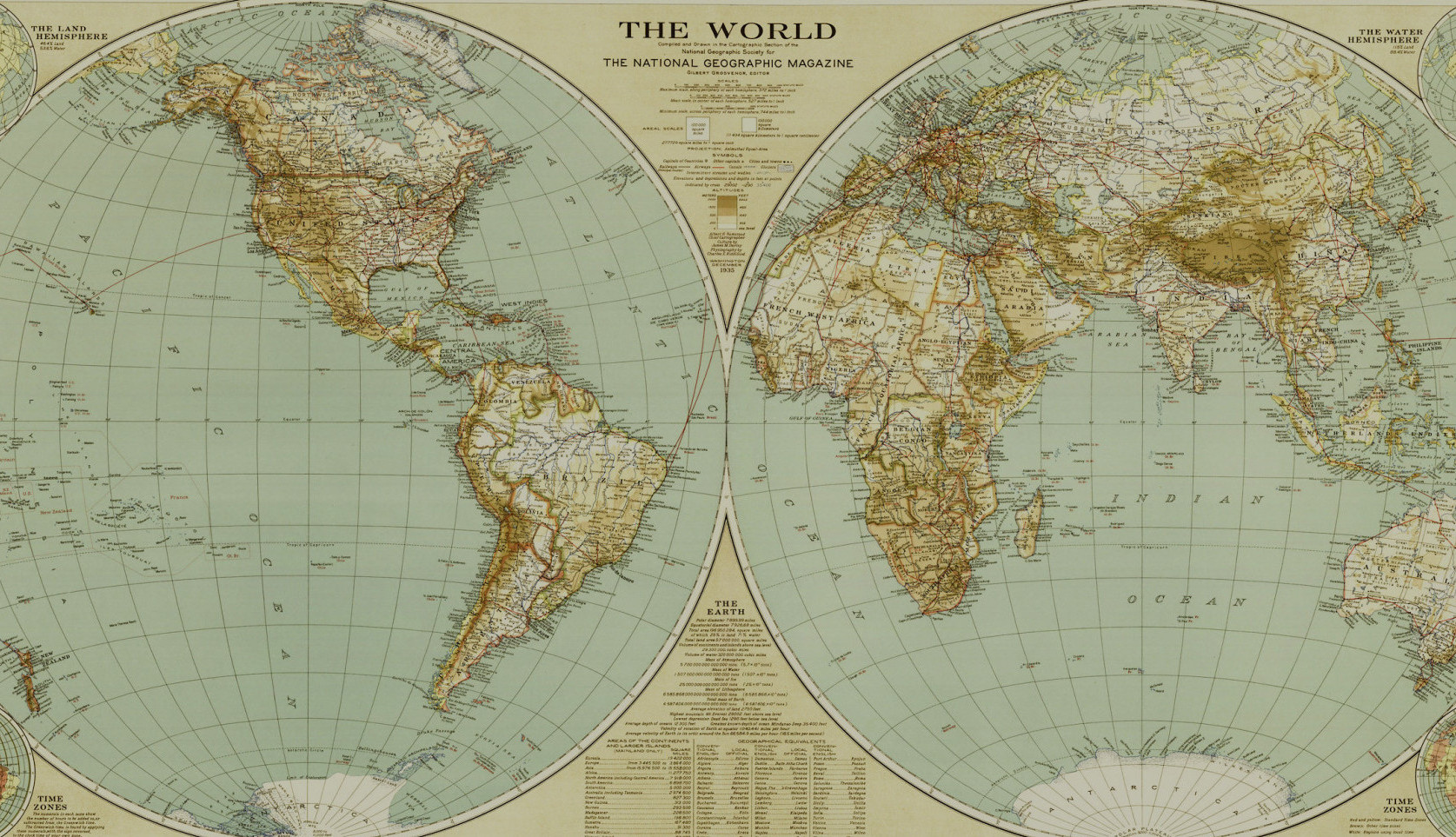Having recently left the dry golden Alentejo plains of southern Portugal my first morning on the Isle of Mull in the west coast of Scotland was shockingly misty and green! I’m here digging with an archaeological field school run by Heritage and Archaeological Research Practice (HARP) who have been collaborating with the Mull Archaeology Interest Group (MAIG) to investigate the small abandoned historic settlement of Kildavie.
We start the day with a quick breakfast in a chalet that overlooks some of the beautiful wooded hills and pastured valley’s that blanket the island. Once we’ve finished our breakfasts all the staff, students and volunteers assemble outside the chalets and divide up between project vehicles and cars driven by volunteers from the local community. This is a good time for making announcements while the entire group is in one place. Then, as one big archaeological convoy we head west along the narrow roads to the remote excavation site.
The excavation is situated in the North West Mull Community Woodland of Langamull at the end of a gravel forest road and down a winding walking trail that takes you to the base of a steep slope. On a clear day you can see across the Sea of the Hebrides to the Isle of Skye and the Small Isles. You can also spot the big passenger ferries that run from the islands of South Uíst and Barra through the Sound of Mull to the mainland port at Oban. As is always the case with maritime climates the view can change quite a lot over the course of a day!
There are three areas of the abandoned village that are being targeted for excavation this season (stay tuned for the next blog post to find out more….) and the field school students are divided between these. Each area is focused on a different type of structure and has two trenches open to uncover as much as possible about the activities carried out in the settlement. When we arrive on site the students stow their bags, grab the tools they will need for the day and head over to their area. My group is focusing on excavating two small trenches to investigate the construction of the walls and the entrance of a dry-stone built structure.
A team of students stay back at the chalet’s for sandwich duty and around 11 o’clock they arrive on-site with lunch for the entire team. That’s over 30 sandwiches! Excavating is hard work and everyone welcomes the sight of the big red bin of sandwiches being carried down the trail. The entire group breaks for lunch around mid-day giving us the rest of the early afternoon to finish up the work we started that morning.
Over the two weeks the students dig at Kildavie with HARP they get to learn the basics of excavation: how to record the archaeological layers (including the building’s masonry), the proper way to take archaeological photos, how to set up and use a dumpy level, doing scale drawings of archaeological features, and of course ‘trowel-wielding 101’. If they are lucky one of the excavators may find something shiny. One of the students on my team found this exquisite hand-blown blue glass fragment in the structure we are excavating.
Being outside all day results in hungry diggers! The staff and students are divided between a few chalets so there isn’t one big communal kitchen. To get around this the HARP staff put together ‘dinner packs’ for each student chalet that includes a recipe and all the ingredients for a wholesome healthy meal the students cook for themselves. These range from vegetarian chilli to ginger-pork stir fry. Cooking and eating together is a big part of the excavation experience. It gives both the students and staff a chance to reflect on the work they did and what needs to be done next. It’s also a chance to recover if the weather wasn’t exactly sunshiny that day!
HARP runs a few different field schools over the year in both Scotland and Cyprus that focus on different archaeological research questions. To find out more about the dig at Kildavie and the others HARP organises have a look at their website and stay tuned for the next Global Archaeology blog post.
